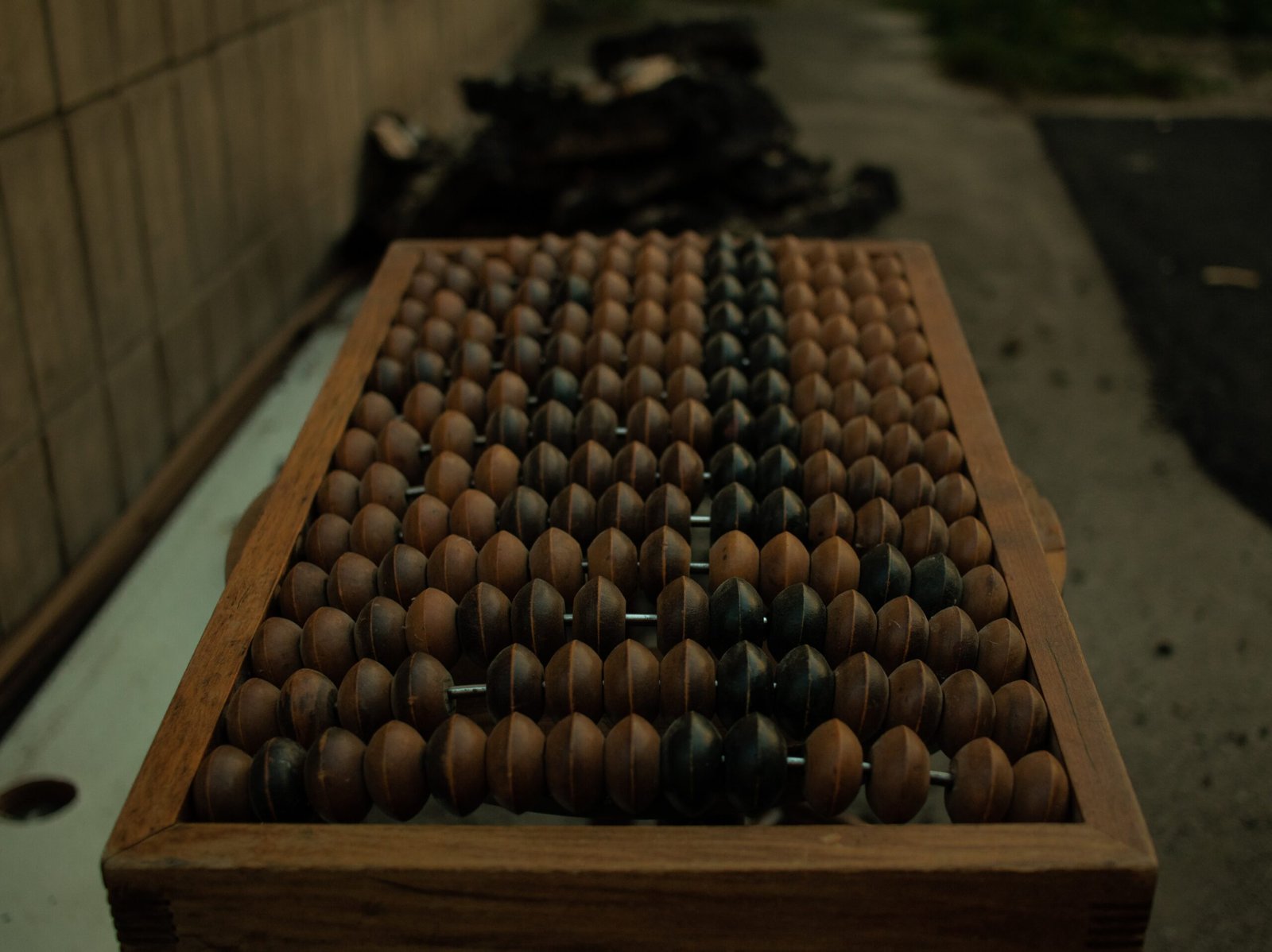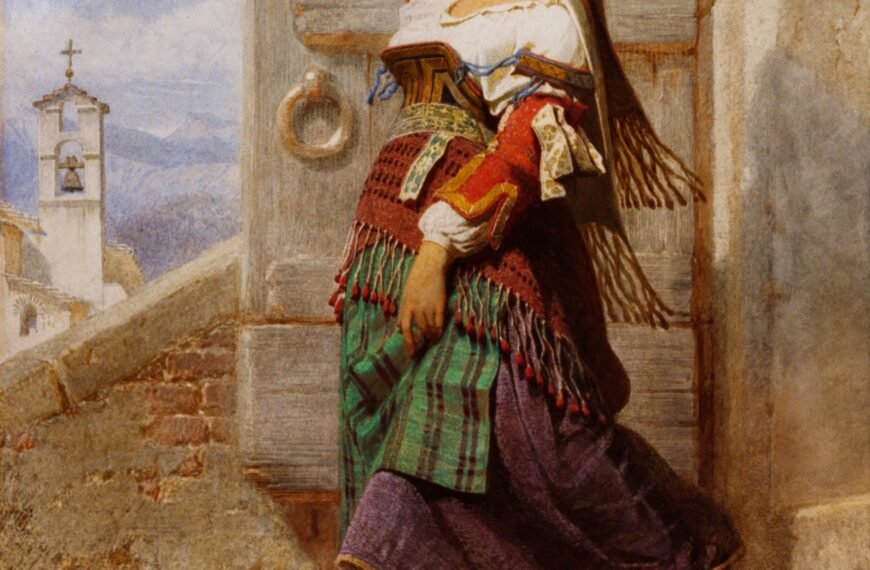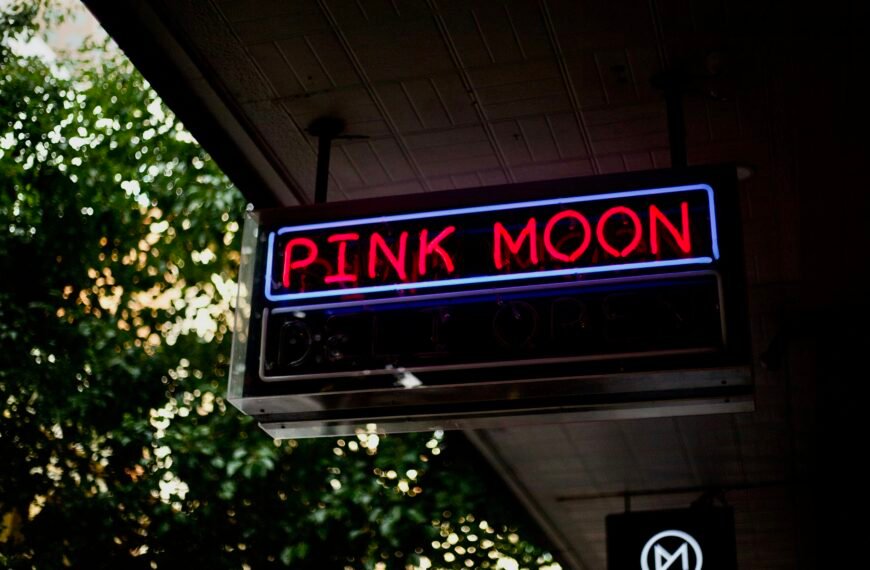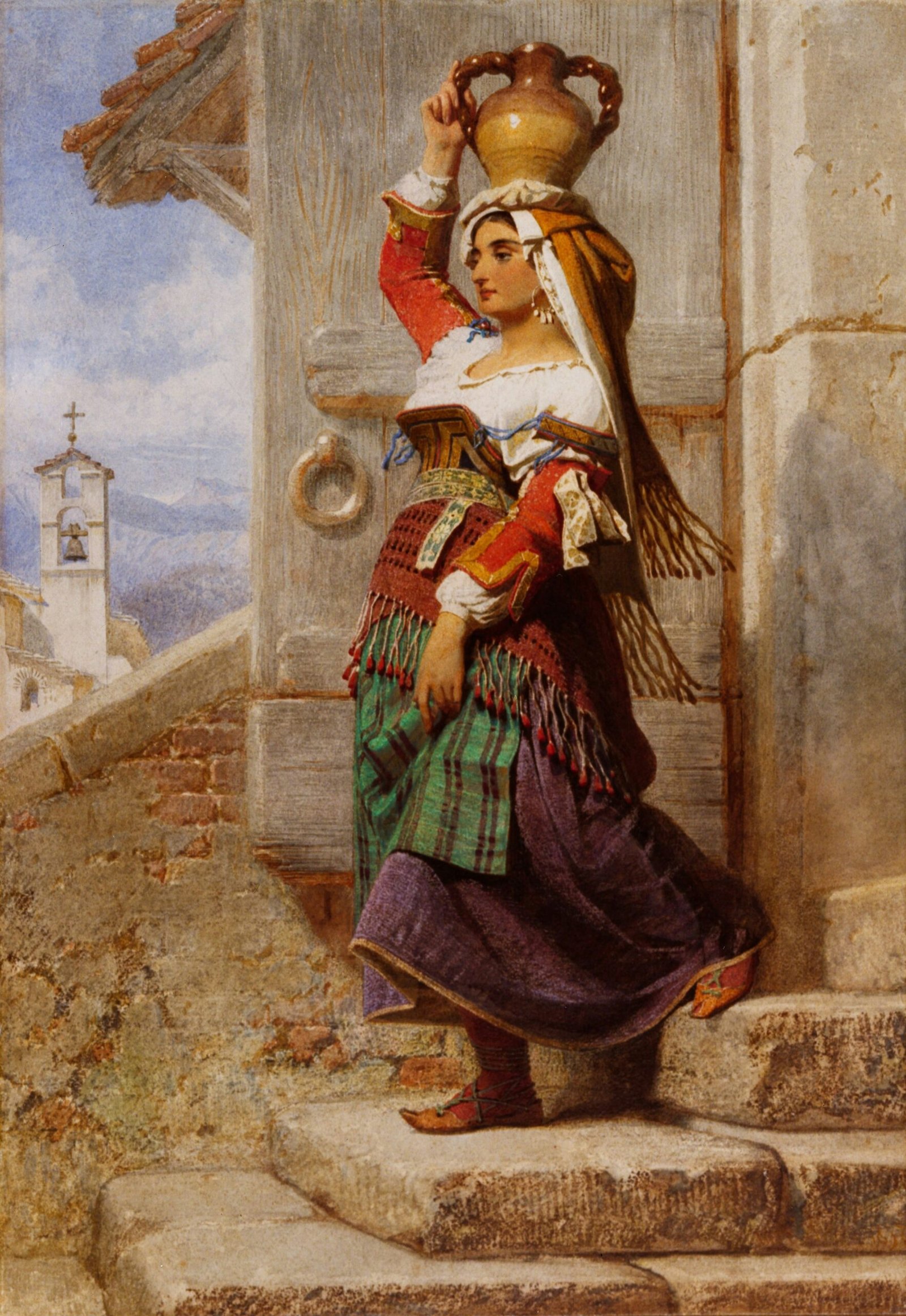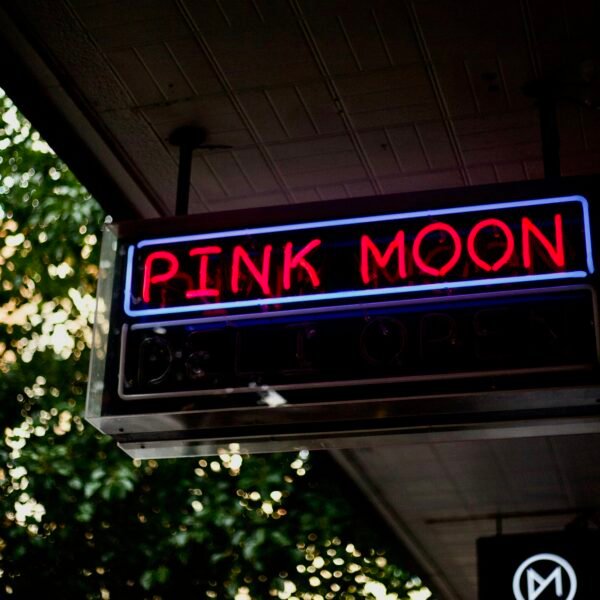Discover the power of art in exploring and confronting the darker chapters of history at the Kyiv Biennial, a groundbreaking contemporary art show that has transcended the borders of Ukraine to become a significant European festival. Spanning across eight cities in Europe, including Kyiv, Vienna, Berlin, and Antwerp, this exhibition showcases the works of over 50 artists and collectives from Ukraine, Poland, Slovakia, Romania, Colombia, Cuba, and Syria. Through thought-provoking displays, the Biennial delves into themes of war crimes, Soviet history, LGBTQ+ experiences, and the profound impact of the Ukrainian conflict on artists. This remarkable event, organized by independent art institutions and funded by the European Union and various foundations, strives to unite artists and nurture cultural connections amidst the disruptive forces of war and political conflicts. By shedding light on Ukraine’s role as a central node in Europe’s cultural networks, the Biennial underscores the importance of embracing a shared democratic future.
The Kyiv Biennial: Exploring War Crimes and Soviet History through Contemporary Art
Overview of the Kyiv Biennial
The Kyiv Biennial is a prominent contemporary art show held in Eastern Europe that aims to explore and examine various aspects of war, democracy, and solidarity. It has garnered significant recognition and expanded its reach beyond the borders of Ukraine, becoming a major European festival that showcases contemporary art and addresses critical issues of our time. The Biennial features a diverse range of artists and collectives from multiple countries, each bringing their unique perspectives and artistic expressions to the exhibition.
Expansion Beyond Ukraine’s Borders
Over the years, the Kyiv Biennial has experienced substantial growth and recognition, leading to its expansion beyond Ukraine’s borders. Today, the Biennial is taking place in eight cities across Europe, including Kyiv, Vienna, Berlin, and Antwerp. By extending its reach to multiple cities, the Biennial aims to create a broader platform for the exchange of ideas, perspectives, and artistic expressions. This expansion allows for a more inclusive representation of different cultural backgrounds and provides audiences with a more comprehensive understanding of the issues being explored.
Furthermore, one notable event that has contributed to the Biennial’s growth and recognition is the European Festival on War and Solidarity. This festival has become an integral part of the Biennial, attracting artists, scholars, and art enthusiasts from around the world. It serves as a platform for dialogue and collaboration, promoting a deeper understanding and appreciation of the themes highlighted within the Biennial.
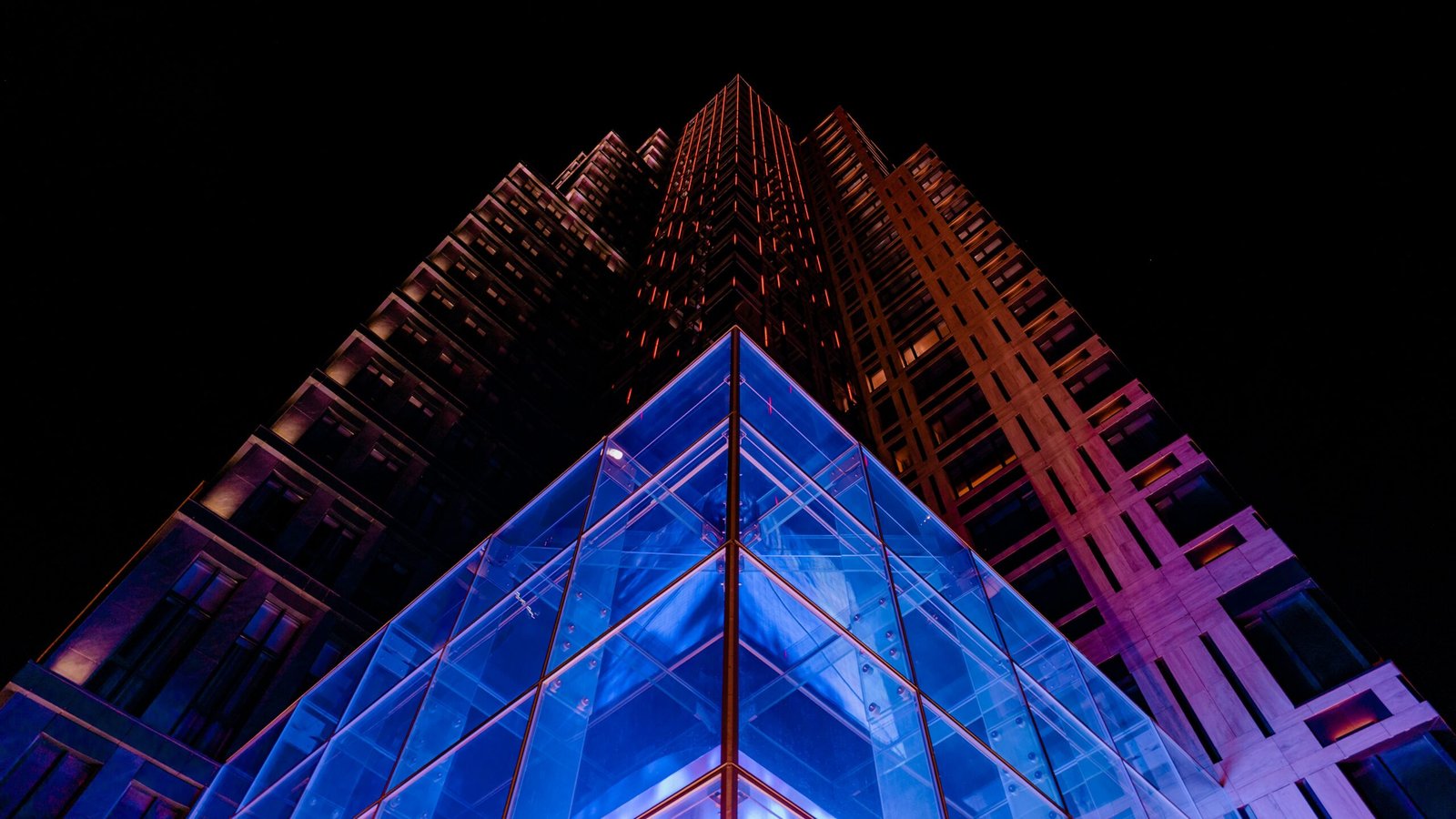
Participating Cities
While Kyiv remains the epicenter of the Biennial, the exhibition has extended its reach to several other cities, creating a decentralized and inclusive experience for both artists and audiences. By hosting the Biennial in multiple cities, organizers aim to foster a sense of interconnectedness and cultural exchange.
Each participating city brings its unique identity and cultural landscape to the Biennial. The collaboration between Kyiv, Vienna, Berlin, Antwerp, and other cities allows for a diverse range of perspectives and interpretations of the themes explored within the exhibition.
Featured Artists and Collectives
The Kyiv Biennial boasts a rich lineup of over 50 artists and collectives from various countries, including Ukraine, Poland, Slovakia, Romania, Colombia, Cuba, and Syria. This diverse representation allows for a comprehensive exploration of the themes central to the Biennial.
The artists and collectives featured in the exhibition employ different artistic mediums and techniques to convey their perspectives and experiences. From traditional visual arts to performance art and multimedia installations, the Biennial offers a wide range of artistic expressions that challenge conventional boundaries and encourage dialogue.
Additionally, the Biennial aims to highlight Ukraine’s flourishing artistic community. By showcasing the works of local artists and collectives, the exhibition serves as a platform for their visibility and recognition on the international stage while celebrating Ukraine’s rich artistic heritage.
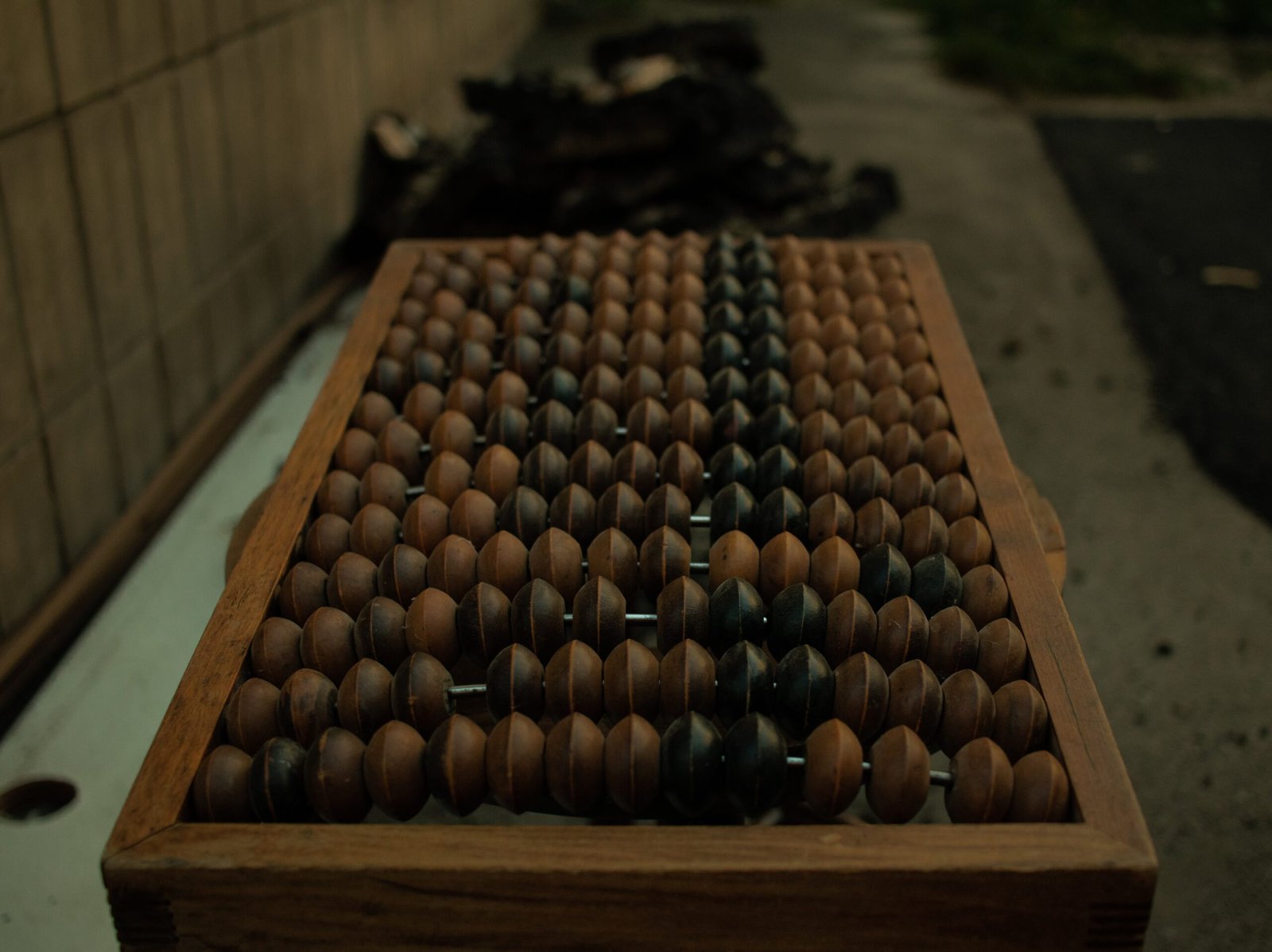
Themes Explored
The Kyiv Biennial delves into various thought-provoking themes that address critical issues of our time and shed light on different aspects of war, history, and societal transformation.
One prominent theme explored within the Biennial is war crimes and justice. Artworks and installations examine the consequences of war, the experiences of individuals affected by conflict, and the pursuit of justice for war crimes. By presenting these narratives through contemporary art, the Biennial invites audiences to engage in a deeper reflection on the impact of war on individuals and societies.
Another important theme explored within the Biennial is Soviet history and its legacy. Through the lens of contemporary art, the exhibition examines the influence of Soviet ideologies, policies, and structures on the present. It provides a platform for artists to critically engage with the collective memory of the Soviet era and reflect on its lasting impact.
Additionally, the Biennial addresses LGBTQ+ experiences and the struggle for equality and acceptance. Through artworks that explore gender identities, sexual orientation, and societal norms, the exhibition aims to raise awareness and promote inclusivity and understanding.
Finally, the Biennial offers a space for artists to reflect on the Ukrainian conflict and its impact on their lives and artistic practices. By examining the personal narratives of individuals affected by the conflict, the exhibition encourages empathy and fosters a better understanding of the complexities surrounding the Ukrainian conflict.
Organizers and Funding
The Kyiv Biennial is organized by independent art institutions dedicated to promoting contemporary art and fostering cultural exchange. These institutions work collaboratively to curate an exhibition that reflects the diverse perspectives and experiences of the participating artists.
Funding for the Biennial is provided by various sources, including the European Union and foundations that support artistic and cultural initiatives. This financial support enables the Biennial to bring together artists from different parts of the world and create an inclusive platform for dialogue and artistic expression.
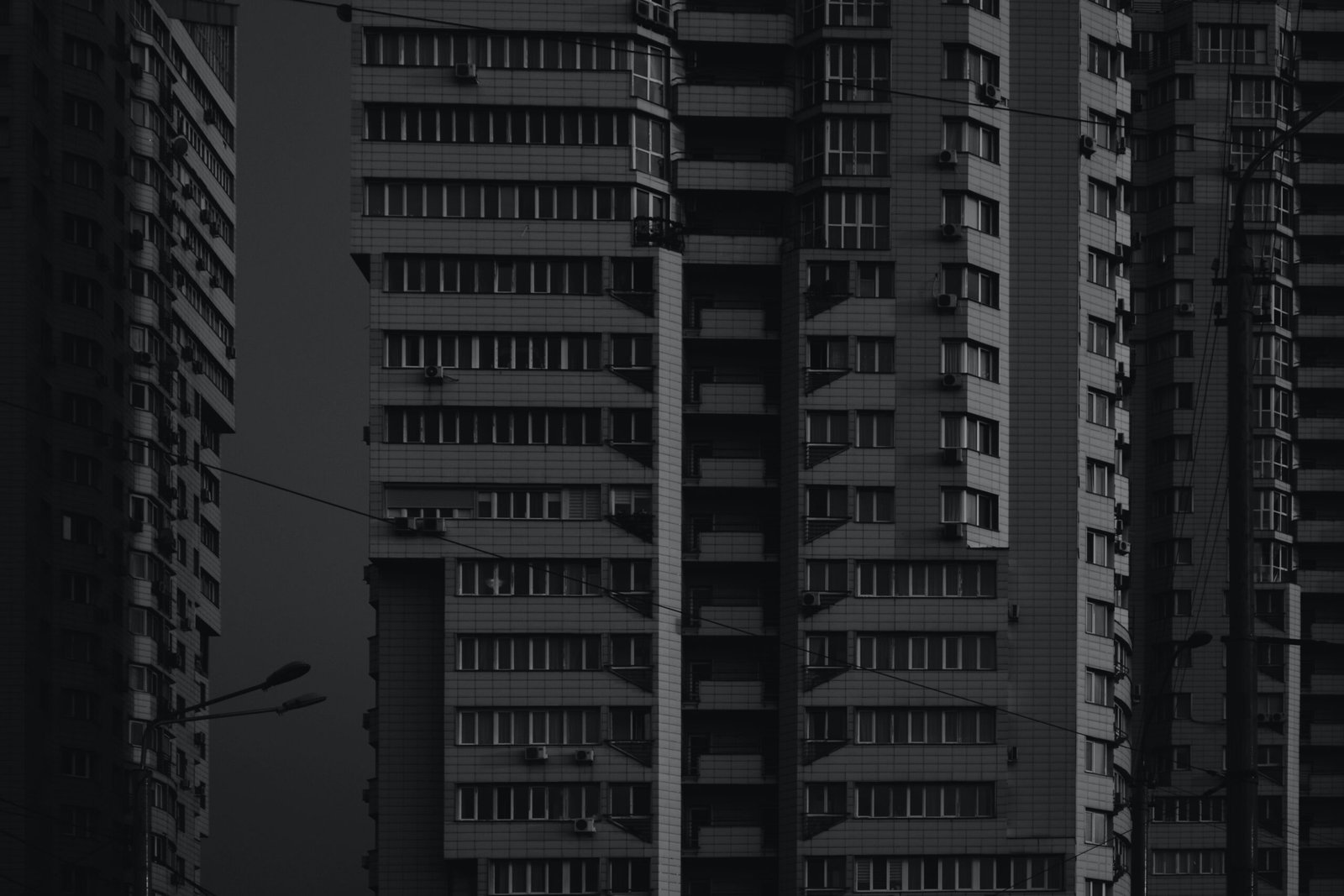
Objective of the Biennial
The primary objective of the Kyiv Biennial is to unite artists from diverse backgrounds and foster cultural connections. By creating a space for artists to engage with one another and share their perspectives, the Biennial aims to transcend the barriers imposed by war and political conflicts.
The Biennial also seeks to address the disruptions caused by these conflicts. Through the exploration of themes such as war crimes and justice, the exhibition aims to promote dialogue and understanding, encouraging audiences to reflect on the complexities of war and its aftermath.
Highlighting Ukraine’s Cultural Role
The Kyiv Biennial emphasizes Ukraine’s role as a central node in Europe’s cultural networks. By hosting the Biennial in Kyiv and showcasing the artistic heritage of Ukraine, the exhibition acknowledges the country’s rich cultural contributions to the European art scene.
The Biennial serves as a celebration of Ukraine’s vibrant artistic community, providing a platform for local artists to showcase their work to a wider audience. It highlights the diversity and creativity of Ukrainian artists and their ability to contribute to global conversations through contemporary art.
Emphasizing the Need for a Common Democratic Future
Finally, the Biennial places a strong emphasis on the need for a common democratic future. By promoting democracy and solidarity through contemporary art, the exhibition encourages dialogue and reflection on the importance of these values in shaping a just and equitable society.
The challenges and opportunities faced by societies in the pursuit of democracy and solidarity are also addressed within the Biennial. By exploring the impact of war, conflict, and political upheaval, the exhibition encourages audiences to consider the steps necessary to build a common democratic future.
In conclusion, the Kyiv Biennial stands as a significant contemporary art exhibition that explores war crimes, Soviet history, LGBTQ+ experiences, and the impact of the Ukrainian conflict through the lens of contemporary art. Through its expansion beyond Ukraine’s borders, diverse representation of artists and collectives, and emphasis on cultural connections, the Biennial serves as a platform for dialogue, understanding, and reflection. By highlighting Ukraine’s cultural role and emphasizing the need for a common democratic future, the Biennial contributes to the broader conversation on war, history, and societal transformation.

